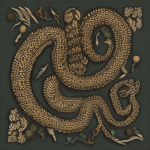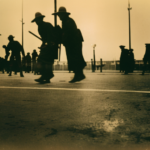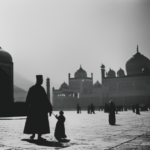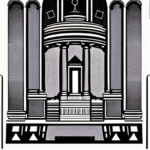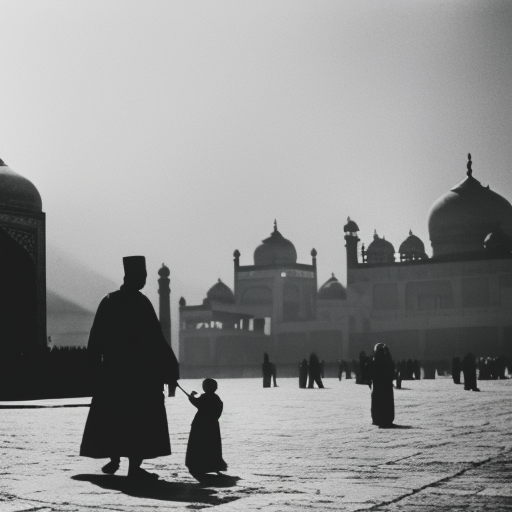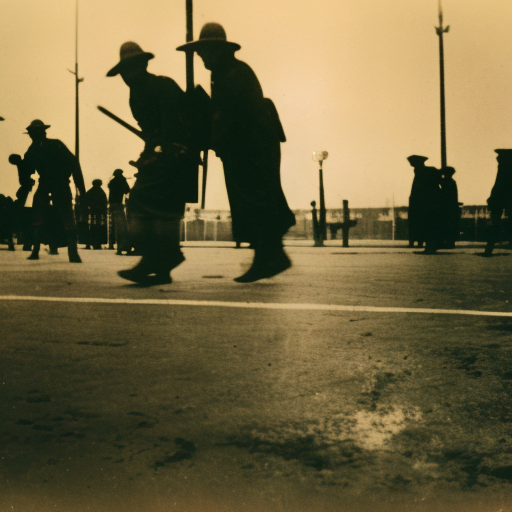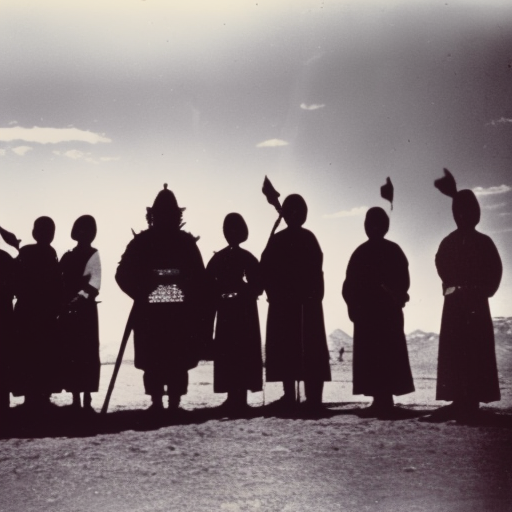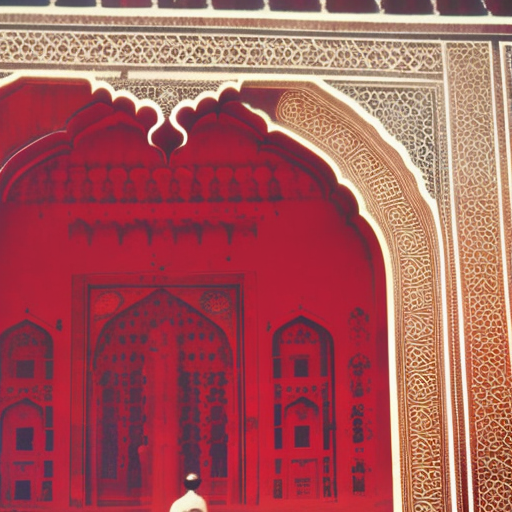Akbar the Great: The Mughal Emperor who Consolidated and Expanded the Empire
Akbar the Great, also known as Jalal-ud-din Muhammad Akbar, was the third Mughal Emperor who ruled over India from 1556 to 1605. He is widely regarded as one of the greatest rulers in Indian history, known for his military conquests, administrative reforms, religious tolerance, and cultural patronage.
Consolidation of the Empire: Akbar ascended to the throne at the age of 13 after the death of his father, Humayun. Initially, his reign faced challenges from various regional rulers and rebellions. However, Akbar successfully consolidated his power by defeating his rivals and expanding the Mughal Empire. He implemented a policy of conciliation and integration, granting positions of power to local rulers and incorporating their territories into the empire.
Military Campaigns: Akbar’s military campaigns were instrumental in expanding the Mughal Empire to its greatest extent. He waged numerous successful wars against regional kingdoms, including the Rajputs, the Afghans, and the Deccan Sultanates. Akbar’s military strategies, such as the effective use of artillery and cavalry, enabled him to conquer vast territories and establish Mughal dominance over most of northern and central India.
Religious Tolerance: Akbar is renowned for his policy of religious tolerance, which was a departure from the religious intolerance prevalent during his time. He abolished the jizya tax on non-Muslims and actively sought to understand and respect different faiths. Akbar initiated discussions with scholars from various religions and even established a syncretic faith called Din-i-Ilahi, which aimed to blend elements of Islam, Hinduism, Christianity, and Zoroastrianism. Despite the controversy surrounding Din-i-Ilahi, Akbar’s commitment to religious tolerance set a precedent for future Mughal rulers.
Administrative Reforms: Akbar introduced several administrative reforms that aimed to centralize power and improve governance. He established a strong bureaucracy, divided the empire into provinces, and appointed governors known as subahdars to oversee administration. Akbar also implemented a system of revenue collection called the “zabt” system, which replaced the earlier system of tax farming. This system ensured a more efficient and equitable collection of revenue.
Patronage of the Arts and Culture: Akbar was a great patron of the arts and culture, fostering a vibrant cultural environment at his court. He invited scholars, poets, musicians, and artists from different parts of the world, creating a cosmopolitan atmosphere. Akbar’s court witnessed the flourishing of Persian and Indian literature, as well as the development of Mughal architecture and painting. The construction of the magnificent city of Fatehpur Sikri, with its blend of Persian and Indian architectural styles, stands as a testament to Akbar’s patronage.
Legacy: Akbar’s reign marked a golden age in Mughal history. His policies and reforms laid the foundation for a centralized and efficient administration that would be further developed by his successors. Akbar’s emphasis on religious tolerance and cultural exchange set a precedent for future Mughal rulers, contributing to the rich cultural heritage of India. His military conquests expanded the Mughal Empire to its zenith, making it one of the most powerful empires of its time.
In conclusion, Akbar the Great was a visionary ruler who consolidated and expanded the Mughal Empire through military conquests and administrative reforms. His policy of religious tolerance and patronage of the arts left a lasting impact on Indian history and culture. Akbar’s reign is remembered as a period of prosperity, cultural exchange, and religious harmony in the Mughal Empire.

